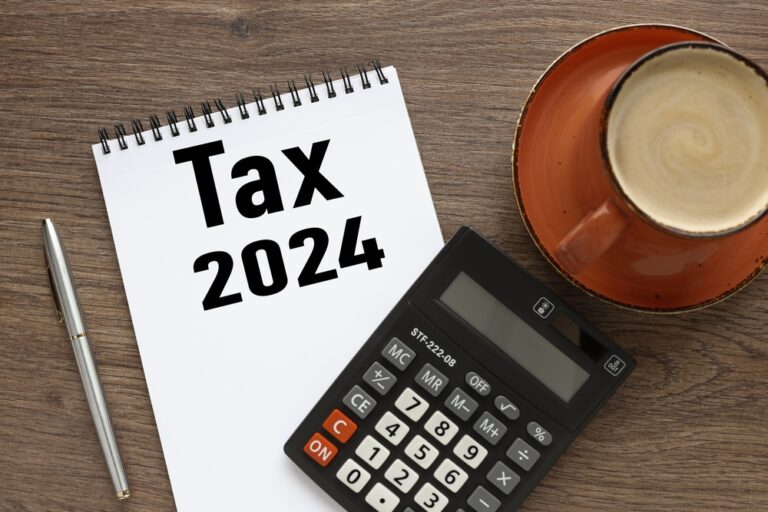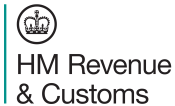Introduction to EIS relief
The enterprise investment scheme (EIS) was introduced to encourage new equity investment in trading companies by providing tax incentives to investors.
These incentives take the form of
- Income tax reduction
- Capital gains tax exemption and
- Capital gains tax deferral.
Any company which carries on a qualifying activity and has a permanent establishment in the UK can issue shares under the EIS.
A qualifying activity comprises:
- The carrying on of a qualifying trade,
- The preparation for carrying on such a trade or
- The research and development for use in such a trade.
There is no requirement for the company to be incorporated here. Additionally, any investor with a UK tax liability qualifies for EIS relief regardless of whether he is UK resident.
The range of qualifying trades in which a company wishing to issue EIS shares may engage is strictly prescribed.
Prohibited activities include those such as dealing in goods (other than wholesale and retail distribution), leasing, receipt of royalties and licence fees, property development, shipbuilding, production of coal and steel, the operation of hotels, nursing homes and residential care homes, the provision of legal and accounting services, the generation of electricity, heat or any other form of energy and production of gas or fuel.
HMRC’s guidance on obtaining advance assurance was updated on 31 August 2018, requiring applicants to check that they meet the conditions before applying for advance assurance and to provide details of potential investors. The guidance is available at:
www.gov.uk/guidance/venture-capital-schemes-apply-for-advance-assurance
The extension of EIS relief for knowledge-intensive companies was announced at the Autumn Budget 2017 and HMRC issued guidance on 5 December 2017 about how knowledge-intensive companies may be able to attract up to £20 million of EIS investment over the company’s lifetime see-
HMRC’s high level guidance on the enterprise investment scheme can be found at:
www.gov.uk/guidance/venture-capital-schemes-apply-for-the-enterprise-investment-scheme
EIS income tax relief
An investor obtains income tax relief for EIS investments at the ‘EIS Rate’ of 30% on the amount of his investment in eligible shares in the tax year, subject to an overall limit (ITA 2007, s. 158(2), (2A)). For shares issued on or after 6 April 2012, that limit is £1m. From 6 April 2018, the limit is increased to £2m, but no more than £1m can be subscribed for shares that are not shares in a knowledge-intensive company.
The relief is given by means of a reduction in his income tax liability at Stage 6 of the prescribed method of calculation. That reduction cannot reduce the liability to less than nil. In other words, it cannot create a repayment.
Knowledge-intensive company shares
For the purposes of this Part, the issuing company is a “knowledge-intensive company” at the time the relevant shares are issued if the company meets–
- One or both of the operating costs conditions (see subsections (2) and (3)), AND
- One or both of-
- The innovation condition AND
- The skilled employee condition.
Operating costs:
- The first operating costs condition is that in at least one of the relevant three preceding years at least 15% of the relevant operating costs constituted expenditure on research and development or innovation.
- The second operating costs condition is that in each of the relevant three preceding years at least 10% of the relevant operating costs constituted such expenditure.
The innovation condition:
The company –
- The issuing company is engaged in intellectual property creation at the time the relevant shares are issued, and
- It is reasonable to assume that, within 10 years of the issue of the relevant shares, one or a combination of
-
- The exploitation of relevant intellectual property held by the company, and
- Business which results from new or improved products, processes or services utilising relevant intellectual property held by the company, will form the greater part of its business.
The skilled employee condition:
The skilled employee condition” is that throughout period –
- If the issuing company is a single company, the FTE skilled employee number is at least 20% of the FTE employee number, and
- If the issuing company is a parent company, the FTE group skilled employee number is at least 20% of the FTE group employee number.
Carry-back of relief!
Subject to the overall maximum relief allowable for any year (i.e. £1m or £2m depending on the nature of the investment for shares issued on or after 6 April 2018), an individual may claim relief in one tax year for amounts invested in qualifying shares in the immediately following year. (Carry back up to 1 year)
Eligibility for EIS income tax relief
Relief is available in respect of an amount subscribed for shares in the issuing company where:
- ‘Relevant shares’ are issued to the individual.
- The shares are issued before 6 April 2025 (but note that a proposed amendment included in Finance Bill 2023–24 will, if enacted, extend this to 6 April 2035).
- The individual is a ‘qualifying investor’ in relation to those shares.
- The issuing company is a ‘qualifying company’.
- The general requirements are met in respect of the relevant shares.
- The ‘risk-to-capital’ condition is met (for shares issued on or after 15 March 2018);
EIS capital gains tax reliefs
A gain is to be exempt from capital gains tax where:
- The gain arises on the disposal of relevant shares in respect of which an amount of EIS income tax relief is still attributable; and
- The disposal occurs more than three years after either the date of the issue or, if later, the date of the commencement of the trade.
Allowable losses
Despite the exemption for gains, an allowable loss may arise on the disposal of EIS shares. However, any income tax relief given, which is not withdrawn on the disposal, reduces the cost allowable in calculating the loss.
- Example 1
Ann invests £100,000 in shares qualifying for EIS relief and obtains tax relief of £30,000 (£100,000×30%) in respect of the investment. After the end of the relevant period, Ann sells the shares for £65,000.No withdrawal of EIS relief occurs on the disposal of the shares, the allowable loss arising for capital gains tax purposes is £5,000 (£65,000 − (£100,000 − £30,000)).
Setting losses against income
Relief for an allowable loss arising on a disposal of shares to which EIS income tax relief is attributable is available in the normal way. Alternatively, an investor may claim for the loss to be set against his statutory total income in either the year of the loss or the preceding year.
As usual, the latter relief is available only if the loss arises on an arm’s-length disposal for full consideration, on a negligible value claim, or on a distribution in the course of dissolving or winding up a company.
EIS DEFERRAL OF CHARGEABLE GAINS
Relief under these enlarged provisions is available where:
- An individual realises a chargeable gain on the disposal of any asset, or a gain is deemed to accrue.
- Under these EIS deferral relief provisions relating to chargeable events, or
- Under the provisions relating to chargeable events in respect of the former Venture Capital Trust deferral regime which ran from 6 April 1995 to 5 April 2004.
- The individual makes a qualifying investment on or after 6 April 1998.
- The individual is resident in the UK both at the time the gain arises and at the time of the making of the qualifying investment.
The relief is a postponement, rather than an exemption. It has effect by deeming that part of the original gain against which relief is claimed as not accruing at the date of the disposal but at some later date on the occurrence of a ‘chargeable event’.
Chargeable events:
The gain against which relief is given is only deferred until the happening of a ‘chargeable event’ in relation to the relevant shares acquired by the making of the qualifying investment.
There are three categories of events which are chargeable:
- Disposals of the relevant shares.
- The emigration of the investor; and
- Where the conditions for relief are subsequently breached.
In addition, anti-avoidance legislation prescribes that shares will lose their status as eligible shares and therefore breach the conditions for relief and in turn give rise to a chargeable event, where:
- An option is granted over the relevant shares.
- Value is received from the company by the individual or another person.
- The individual receives an ‘investment-linked loan’





